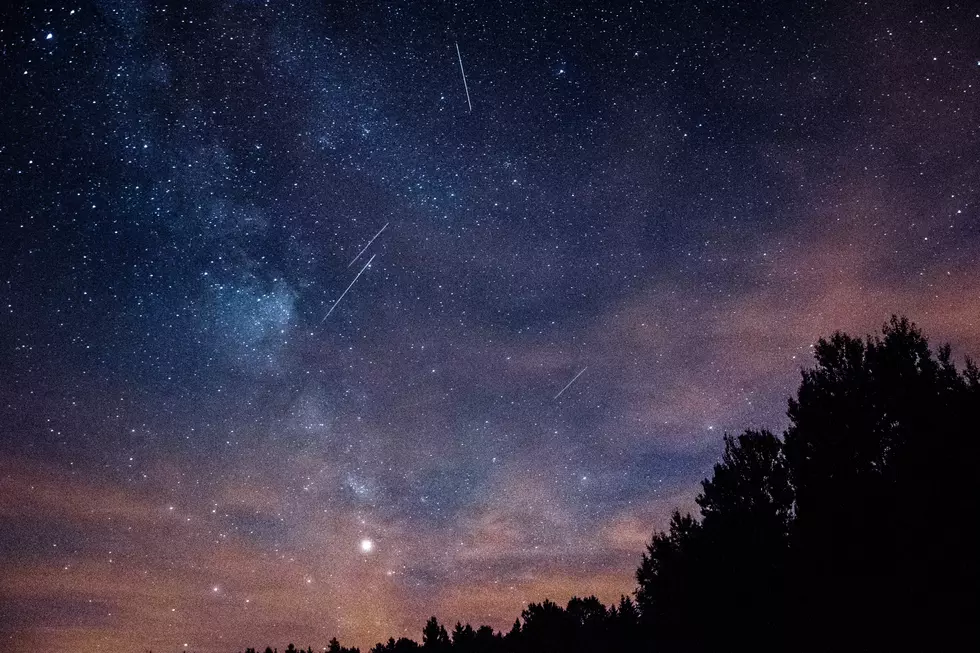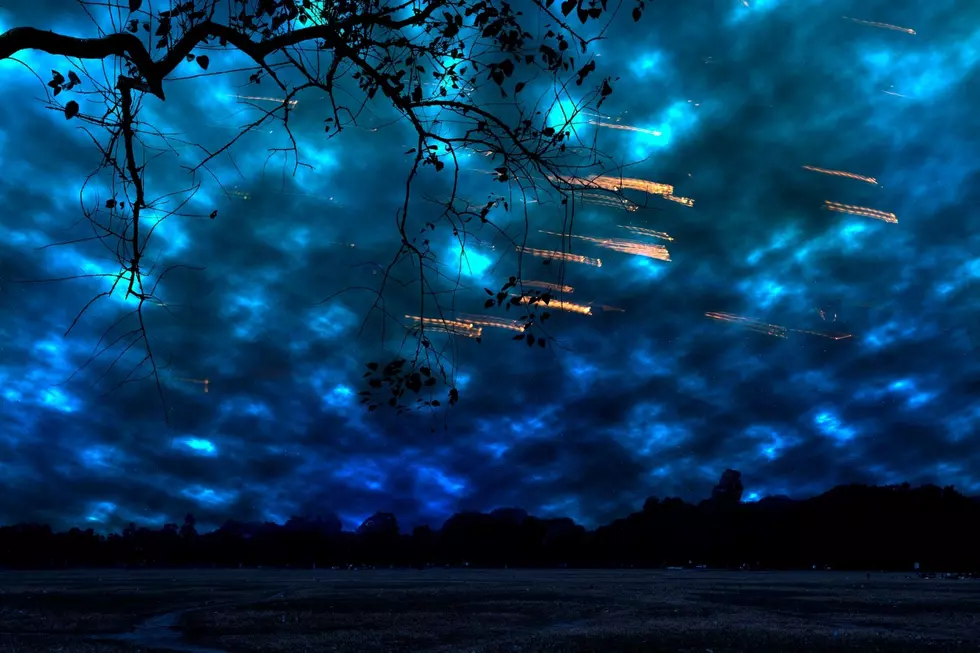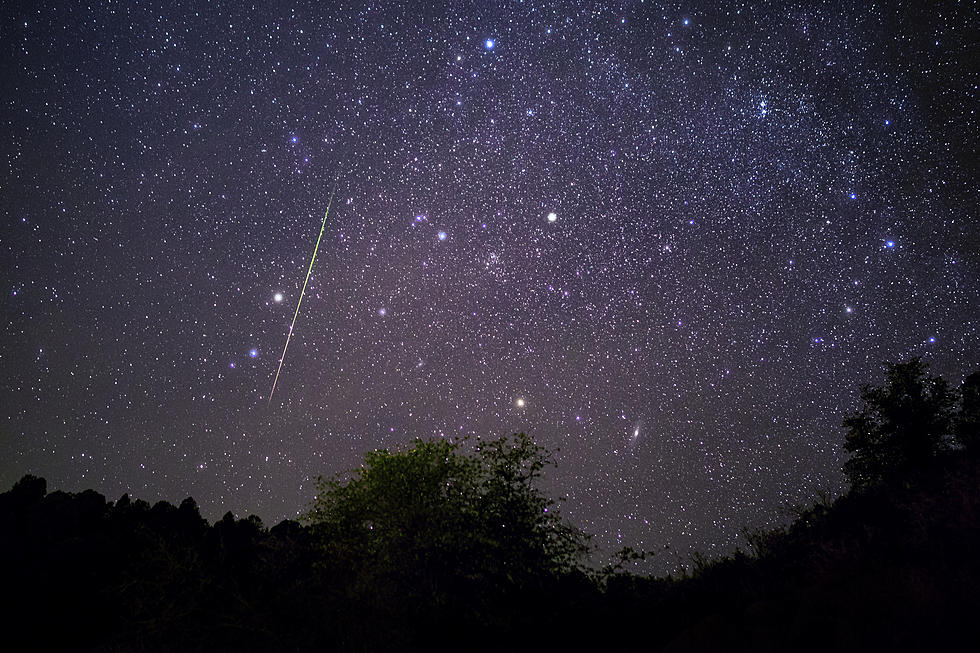
October’s Orionid Meteor Shower Peaks this Week, Casper
If you've noticed some strange things in the sky lately, they're probably not UFOs.
In fact, according to EarthSky.org. you may already be seeing the Orionid metor shower, but it is predicted to rain down the greatest number of meteors on the morning of October 21st.

The duration of the meteor shower lasts from September 26 to November 22 but is most viewable when the moon is slimmer or not visible at all.
"These fast-moving meteors occasionally leave persistent trains. The Orionids sometimes produce bright fireballs."
The obvservable meteors from the shower come from Halley's Comet, which orbits the sun in the opposite direction than we do.
At the peak, one might see 10 to 20 Orionids per hour. Although, meteor showers are marked by wild variability.
The meteors for this year's Orionid shower are traveling exceptionally fast, plunging into the Earth's atmosphere about 41 miles per second.
The meteors got their name from their radiant point, the Orion constellation.
NASA says the Orionids are viewable after midnight. It recommends viewers find an area well away from city lights. "Onlookers are encouraged to lie flat on the ground with their feet facing southeast if they are in the Northern Hemisphere or northeast if in the Southern Hemisphere."
Wyoming Photographer Captures Incredible Pictures of October Blood Moon
Unoccupied Trailer in North Casper Burned Down, Origin Unknown but 'Suspicious'
More From 104.7 KISS-FM







